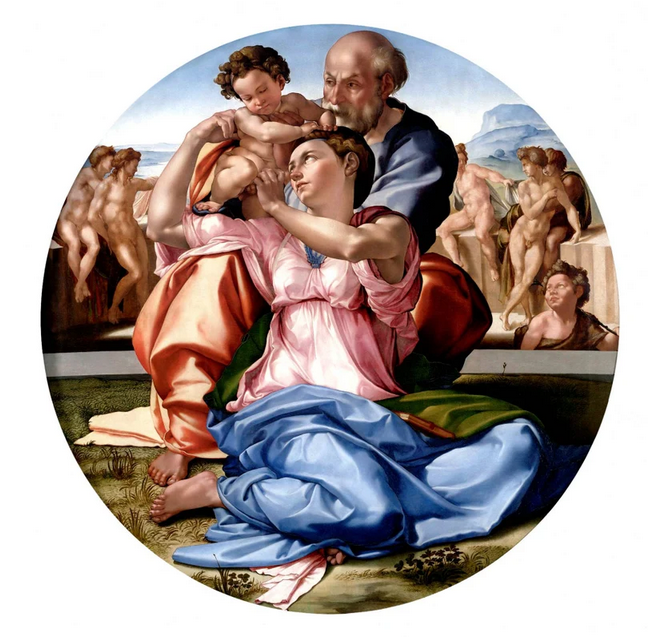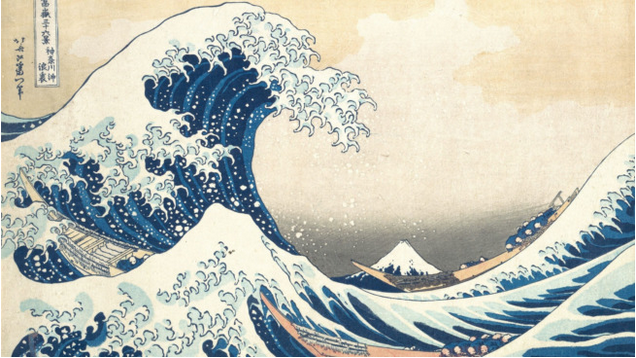NFTs in museums
[04.01.2022]In spring 2021, the Uffizi Gallery in Florence was the first museum to venture into digital art. With the help of Cinello, an Italian company offering digital copies of masterpieces (respecting their original dimensions), the famous museum offered the first digitally encrypted and certified authentic copy of the Tondo Doni, a sublime composition from the early 16th century executed by Michelangelo himself. This digital copy was purchased by a Roman collector for the equivalent of $160,000 a reasonable price for the one and only existing digital copy. According to Eike Schmidt, the Uffizi Gallery’s Director, “In the medium term, sales of NFTs will partially meet the museum’s financial needs. This doesn’t represent a change in our revenue strategy, it is simply an additional source of income”. And… considering that the Uffizi Museum’s revenues dropped by over a quarter between 2019 and 2020, that’s a very welcome source of income.

Michelangelo, Tondo Doni, tempera on wood. Uffizi Gallery Collection, Florence
.
The Florentine initiative gave ideas to other major museums. The Hermitage, notably, was the second to plunge into the metaverse with five Old and Modern masterpieces: The Virgin and Child by Leonardo da Vinci, a Judith by Giorgione, Lilac Bush by Vincent van Gogh, Le Coin du Jardin de Montgeron by Claude Monet and Composition VI by Wassily Kandinsky. For each work, two NFTs were produced, one of which is kept by the Hermitage Museum as a twin copy. Sold for a total of $440,000 on the Binance NFT platform on 7 September 2021, the images were accompanied by an encrypted autograph from Mikhail Piotovsky, Director of the Hermitage Museum. Beyond their qualities as extremely rare NFTs, it is the prestige of the Hermitage that was offered for sale with each NFT, as indeed with the Uffizi’s Tondo Doni.
Three weeks later, the British Museum – one of the 10 most visited museums in the world – announced the sale of 200 NFTs based on Hokusai’s works to accompany its exhibition “Hokusai: The Great Picture of Everything”. The NFTs were produced and classified into different categories according to their rarity (as defined by the number of NFTs created per image, with the help of the French start-up LaCollection.io.) The most famous image – in this case the Great Wave off Kanagawa – sold for $45,000 (10.6 ETH), in the “super rare” category (1/10).

Hokusai, The Great Wave off Kanagawa, circa 1830, Nishiki-e woodblock print
.
Undeniably, the production of NFTs by the British Museum, the Hermitage and the Uffizi, brings real legitimacy to the NFT market, while promising welcome cash flows after the economic losses due to long periods of pandemic-related closure. These first museum NFTs could turn into a real economic windfall depending on their value curve, because the contracts provide for commissions in the event of resale on the secondary market. For the British Museum, for example, the resale of a Hokusai NFT will generate 10% to the museum and 3% to LaCollection.io.
Only the future will tell how far the value of these digitized masterpieces will climb. Those sold in 2021 by three of the largest museums in the world definitely had a number of advantages in terms of value potential: first, their avant-garde status (the first museum NFTs), second, their great artists / major museums prestige, and third, they have no physical competitors since only the digital version is able to circulate freely “from one hand to the other”… as traditional art dealers used to say.




 0
0
